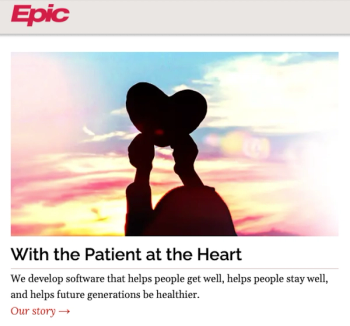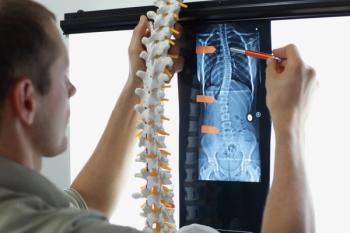
How remote patient monitoring improves care while reducing costs
Key Takeaways
- RPM transforms episodic care into proactive management, reducing hospital readmissions and enhancing patient adherence, particularly for chronic conditions like hypertension and diabetes.
- It offers financial benefits by increasing practice capacity, reducing operational costs, and creating new reimbursement streams through specific CPT codes.
RPM promises to keep patients healthier, reduce the burden on acute care facilities and create new economic efficiencies that benefit the entire health system.
The health care industry operates in a constant tension between delivering high-quality, continuous patient care and managing escalating operational costs.
The importance of RPM lies in its ability to transform episodic, reactive care into proactive, continuous management. For providers and administrators facing the challenges of an aging population, rising chronic disease rates, and value-based payment models, RPM represents a strategic imperative. It promises to keep patients healthier, reduce the burden on acute care facilities and create new economic efficiencies that benefit the entire health system.
Enhancing patient outcomes and experience
The most compelling argument for adopting RPM lies in its proven ability to significantly enhance patient outcomes and improve the overall care experience, particularly for those managing chronic diseases like hypertension, diabetes and Congestive Heart Failure. This improvement is driven by several key factors, starting with a substantial reduction in costly and disruptive hospital readmissions.
For certain conditions, the daily transmission of weight, blood pressure and continence data allows clinical teams to detect early signs of fluid retention or other changes in a patient’s condition days before a crisis develops. This includes monitoring
Furthermore, RPM radically improves patient adherence to treatment plans. When patients are actively responsible for collecting and transmitting their own health data, they become more engaged and accountable partners in their care. The devices themselves act as constant, gentle reminders, promoting daily routine adherence (such as checking blood sugar at set times).
Clinicians can use the data stream to quickly identify non-adherence—for instance, a consistently missed glucose reading—and deploy targeted outreach before the lapse impacts health. This strengthened, data-driven patient engagement fosters a continuous feedback loop. Patients feel more closely monitored and cared for, leading to greater satisfaction, while clinicians have concrete evidence to guide their discussions. This allows for personalized care adjustments rather than relying on generalized protocols or retrospective patient recall. The net result is better control of chronic conditions, translating to a higher quality of life and reduced long-term morbidity.
Driving financial savings and operational efficiency
Beyond the clinical improvements,
In the era of value-based care, RPM acts as a powerful shield against financial penalties. Hospital readmission rates are a major determinant of penalties under programs like the
Navigating the challenges of RPM implementation
Despite the compelling clinical and financial evidence, several key challenges slow the wider adoption of RPM across the health care landscape. One primary barrier is reliable technology access and usability. While many patients have smartphones, some elderly or low-income populations may lack broadband internet access or suitable smart technology to operate RPM devices. Furthermore, for those who do have the devices, the patient's inability to reliably use smart technology or properly interface with health portals presents a significant obstacle to data collection. Solutions must include robust patient education, simplified, user-friendly devices and comprehensive technical support to ensure equitable access.
For the practice, the integration challenge is paramount. RPM systems must seamlessly integrate with existing
Conclusion
Remote Patient Monitoring is far more than a temporary trend; it represents a fundamental shift in how chronic disease is managed and reimbursed. By enabling continuous, proactive care, RPM directly improves patient outcomes through reduced readmissions, superior treatment adherence and meaningful engagement.
Simultaneously, it delivers essential financial benefits to providers by streamlining operational costs, expanding practice capacity, mitigating value-based care penalties, and establishing lucrative new reimbursement streams. While challenges related to technology access, system integration, and compliance must be navigated with care and strategy, the evidence strongly suggests that the future of high-value, cost-effective healthcare lies in embracing continuous digital connection. Providers and administrators are strongly encouraged to move beyond pilots and strategically implement scalable RPM programs that will future-proof their practice and redefine the standard of patient care.
Lesley Barton is the National Clinical and Training Manager at Bunzl &
Newsletter
Stay informed and empowered with Medical Economics enewsletter, delivering expert insights, financial strategies, practice management tips and technology trends — tailored for today’s physicians.














